Himachal Pradesh is known as the Land of Gods. There are more than 60,000 gods, goddesses, demigods and avatars in Hindu mythology and most of these can be found in Himachal. Frankly speaking, every hill, mountain and village has a local deity of its own. These are usually an avatar of the more famous Hindu gods. This is a result of the fact that Hinduism absorbed all local religions and traditions into its own mythology as it spread through India.
Many of the thousands of temples in Himachal are very old, forming a part of an unbroken line of tradition that has been carried on since the ancient times. But let’s take a look at just 5 of the more popular destinations of pilgrimage in Himachal that are over 500 years old.
1. Jawala Ji Temple
Jawala Ji in the Kangra district of Himachal is an ancient temple that was built by Raja Bhumi Chand of the Katoch dynasty.
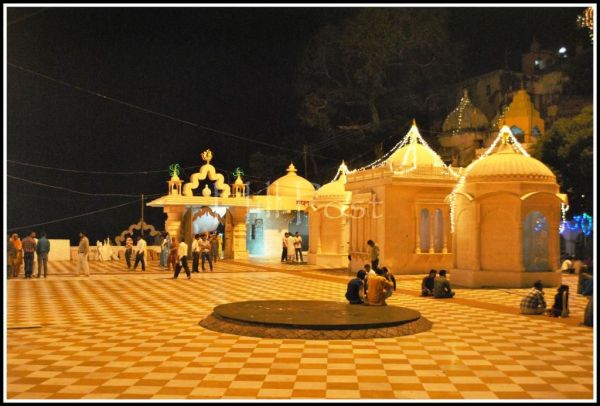
The legend goes that he dreamt of the sacred place where a flame was burning out of a fissure of a rock. He sent his men to search for the place and built the temple of Goddess Durga there when he found it. The flame burns because of natural combustible gases that rise up from below the ground. There are many stories related to this temple and every great king has visited this place.
It is a major pilgrimage site as one of the Shakti Peethas.
2. Baijnath Temple
The town of Baijnath is famous for its temple of Lord Shiva. The story of the temple is related to the Ramayana.
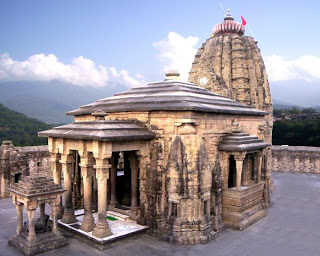
Ravana prayed to Lord Shiva for many years and Shiva answered his prayers and bestowed immortality on him. Ravana also wanted to take Lord Shiva with him to Lanka so Shiva turned into a Lingum so that Ravana could carry him to Lanka but he warned Ravana that he must not place the Lingum anywhere except in Lanka. On reaching Baijnath, Ravana needed to take a break and so told a local shepherd to hold the Lingum while he answered the nature’s call. The shepherd couldn’t carry the heavy weight so he laid it down and that’s how Lord Shiva got established in Baijnath. The temple is said to have been built around 1200 AD.
3. Laxmi Narayan Temple
The Laxmi Narayan Temple of Chamba dates back to the 10th century.
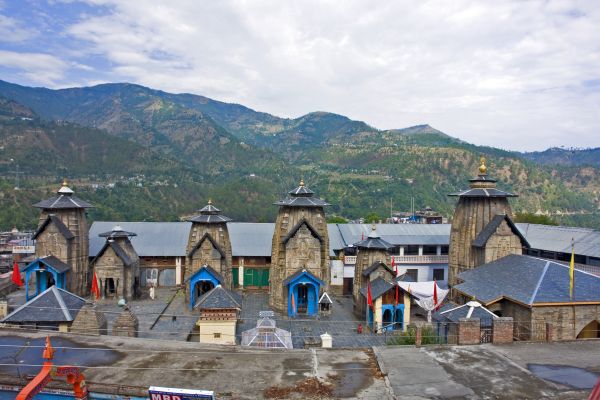
It was built by Raja Sahil Varman and the complex contains temples of Radha Krishna, Shiva, Gauri Shankar beside the main temple of Laxmi Narayan. Bharmour used to be the capital of this ancient kingdom or the Rajputs but Raja Sahil Varman moved the capital to a lower altitude and named the city after his daughter Champavati which later turned into Chamba. The temple has been built in the Shikhara style of architecture and all subsequent kings have added their touch to the complex.
4. Chaurasi Temple
The old capital Bharmour had its own complex of temples and shrines that is today known as Chaurasi temple because of a total number of 84 shrines built around the main temple.
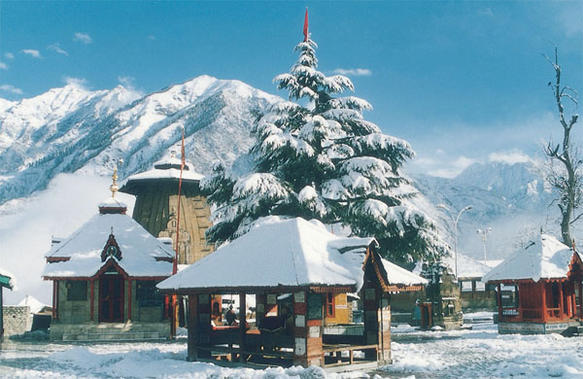
Some of the shrines have been said to be as old as the 7th century while the temples are relatively more recent from 1400 AD. The Manimahesh temple of Lord Shiva occupies the centre of the complex.
5. Masroor Rock Cut Temple
Masroor rock cut temple is not actually as popular as it should be.
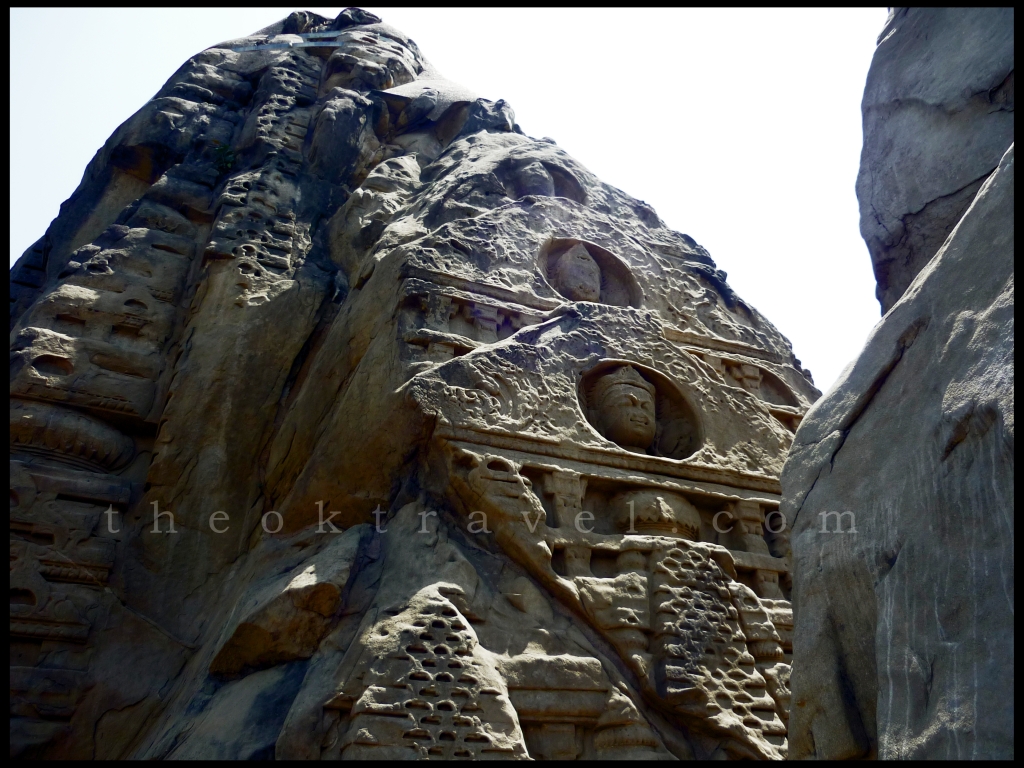
It’s an archeological masterpiece of rock cut art in India. It dates back to the 8th century and the main shrine contains idols of Rama, Sita and Lakshmana. It is the oldest single rock cut temple in India and the only one in Northern India. It is a protected monument but sadly its condition is not very good and since its not such a major tourist attraction nobody seems to care what happens to it.

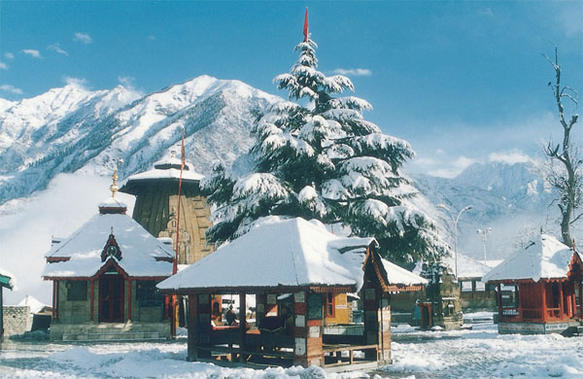
Gud idea Aditya……….to start a blog regarding about HP…….